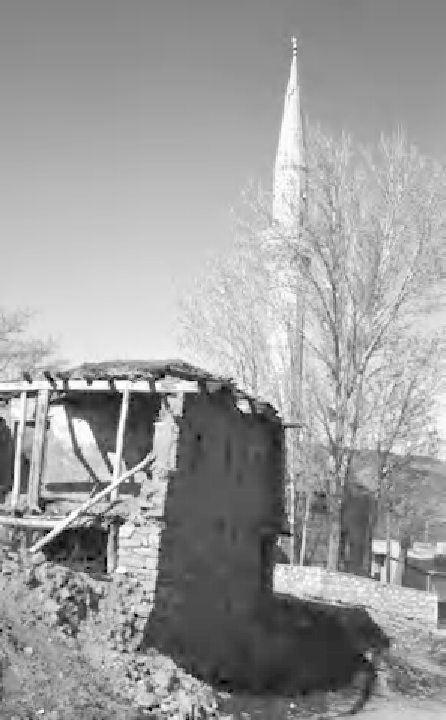Geology Reference
In-Depth Information
the peak bedrock acceleration was not very high at about 0.04g (as
would be anticipated from attenuation equations discussed in
Chapter 6).
Consequently, in areas of the city built on rock, the earth-
quake was hardly felt. However, the dominant period of the incoming
waves matched the natural period of a basin of lakebed sediments on
which part of Mexico City is constructed (about 2.5 seconds) and the
ground motion was ampli
ed by the long duration ground motion.
That ground motion in turn matched the natural resonant frequencies
of some buildings, and almost all damage was caused to structures
between 6 and 15 storeys in height.
In a similar manner, whilst most damage from the M6.8 Erzincan
earthquake, 1992, occurred close to the epicentre and near to the
North Anatolian Fault, anomalous damage occurred at great dis-
tances, including complete failure of a six-storey reinforced concrete
structure at about 40km, the very top level of a minaret at 80km
(Figure 7.18)
and large landslides at more than 100km distance. This
Figure 7.18
Damage to top of
minaret at about
80 km from
epicentre,
Sularbasi.

